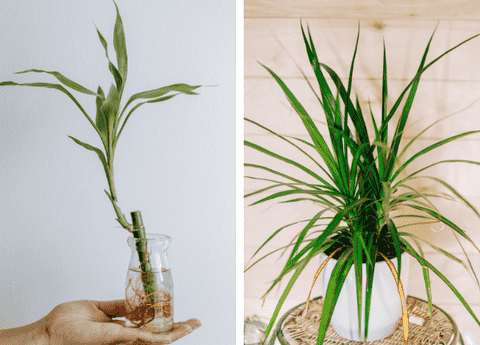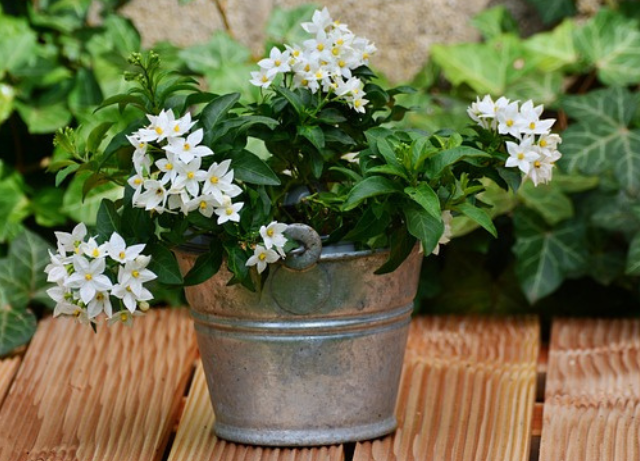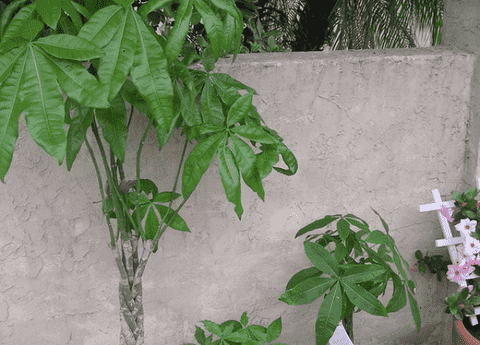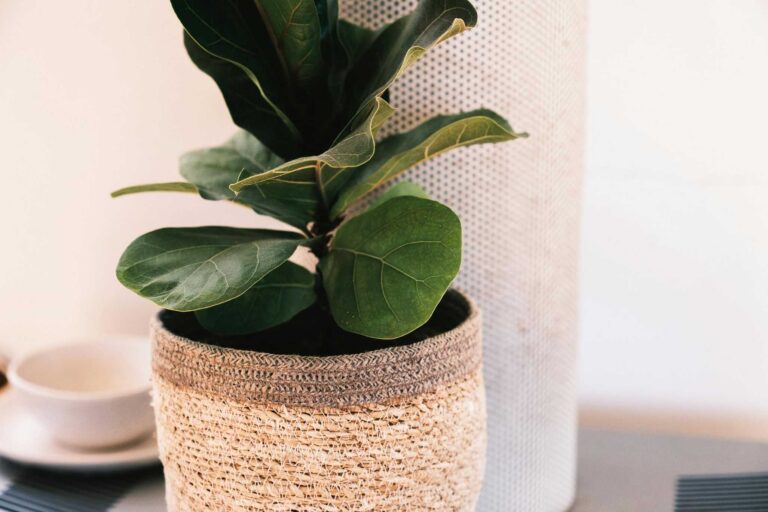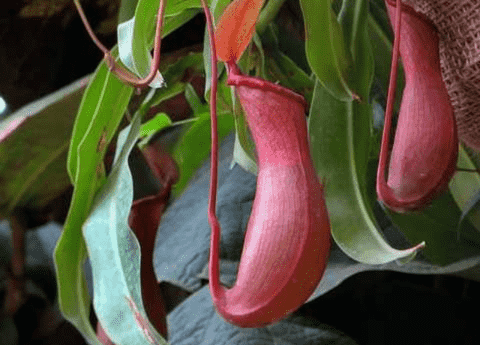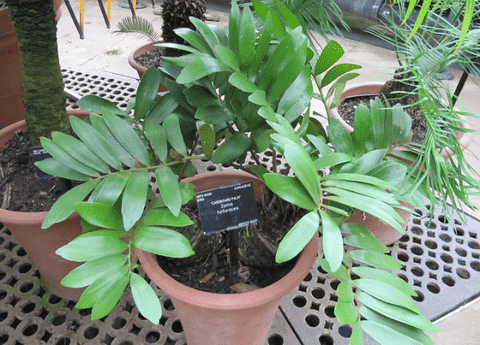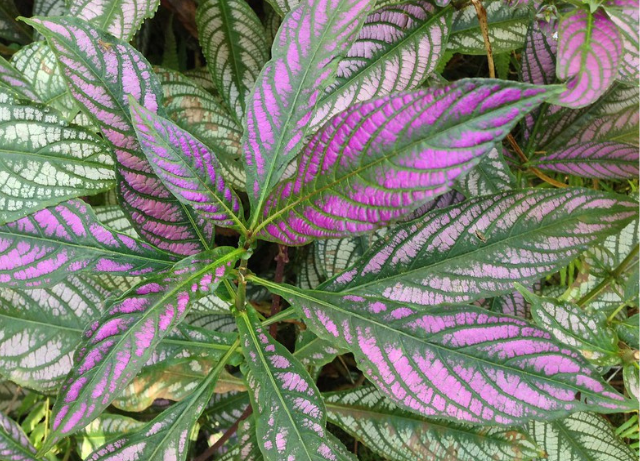How to Grow Dracaena: A Beginner’s Guide for Home Gardeners
Bringing a touch of tropical elegance to your home, Dracaena plants are a popular choice for both novice and experienced indoor gardeners. Known for their striking foliage and easy-care nature, these plants can thrive with minimal effort, making them perfect for anyone looking to enhance their indoor greenery. In this beginner’s guide, we will walk you through essential Dracaena care tips, including how to grow Dracaena, the best soil for Dracaena, watering Dracaena, and understanding Dracaena’s light requirements. Get ready to transform your living space with these beautiful and resilient plants.
Why Choose Dracaena?
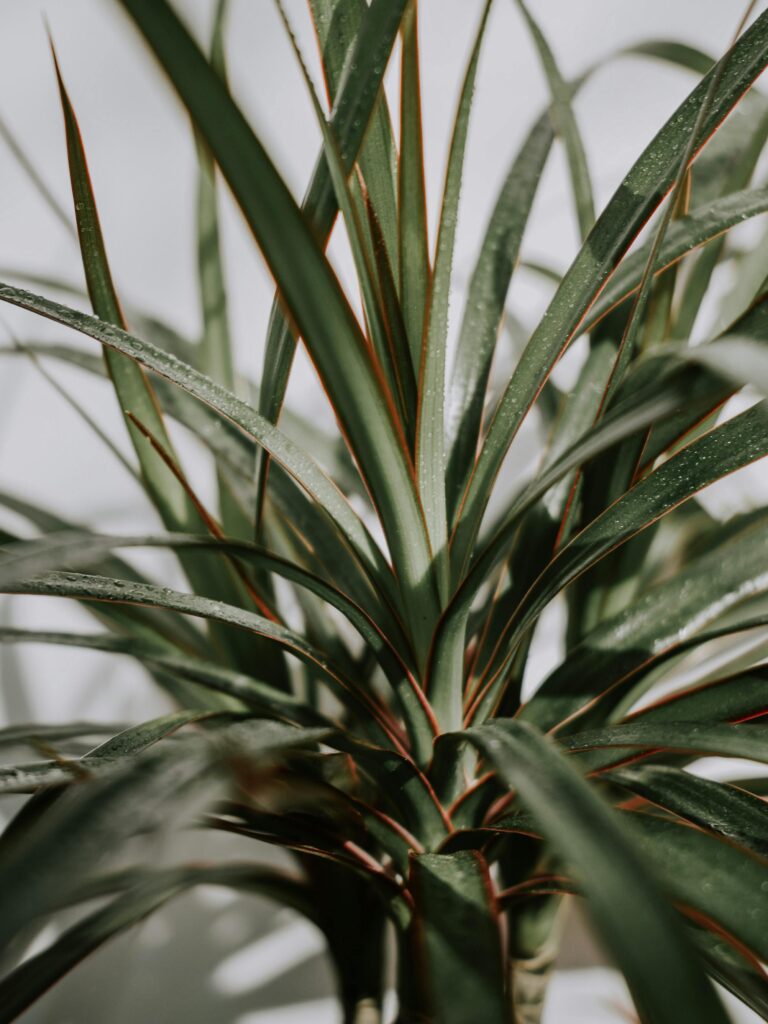
Dracaena plants are an excellent choice for home gardeners due to their versatility and low-maintenance nature. These plants come in a variety of species, each with unique leaf patterns and colors, allowing you to pick one that perfectly matches your home decor. Dracaena is also known for its ability to purify indoor air by removing toxins such as formaldehyde, benzene, and trichloroethylene, contributing to a healthier living environment. Additionally, they can tolerate a range of lighting conditions, making them adaptable to different spots in your home. Whether you’re a beginner or an experienced gardener, Dracaena’s resilience and striking appearance make it a rewarding addition to your indoor plant collection. With minimal effort, you can enjoy a touch of tropical beauty and improved air quality, enhancing your overall living space.
Types of Dracaena Plants
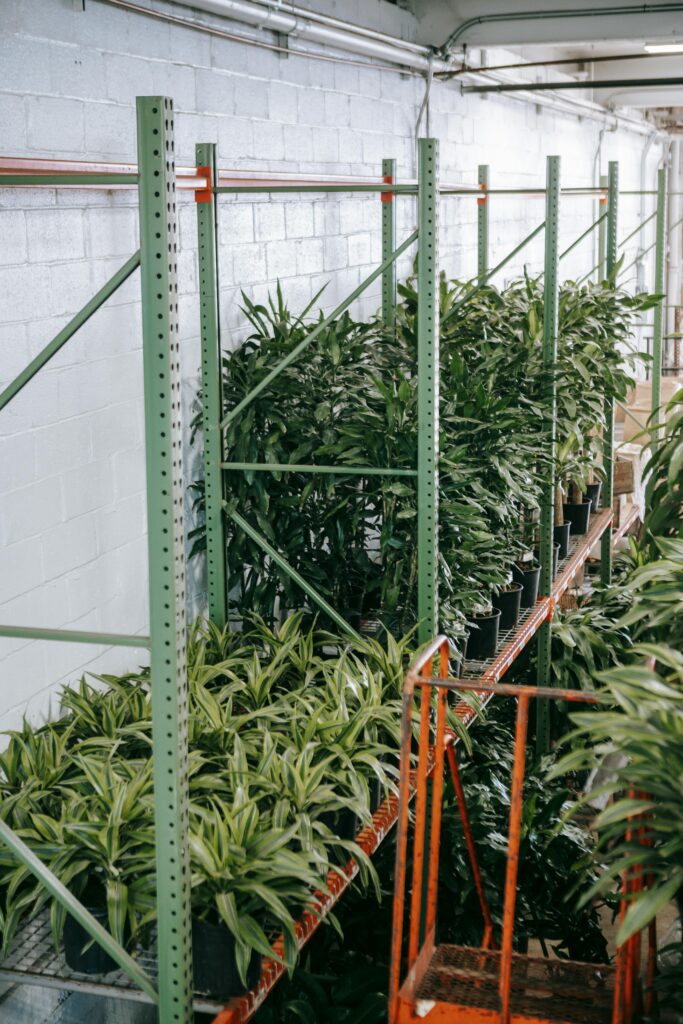
Dracaena plants come in a variety of species, each with its unique characteristics. One of the most popular types is Dracaena marginata, also known as the Madagascar dragon tree, which features slender, arching leaves with red edges. Another favorite is Dracaena fragrans, commonly referred to as the corn plant, recognized for its broad, green leaves and a robust ability to thrive in low light. Dracaena reflexa, or the song of India, boasts bright green leaves with yellow margins, adding a splash of color to any indoor space. Lastly, there’s Dracaena sanderiana, often called lucky bamboo, which is typically grown in water and known for its flexibility and ease of shaping. Each type of Dracaena offers unique visual appeal and varying care requirements, making it essential to choose one that fits your specific environment and aesthetic preferences.
Benefits of Growing Dracaena
Growing Dracaena offers numerous benefits that make it a popular choice for indoor gardeners. First and foremost, these plants are known for their exceptional air-purifying properties. They can effectively remove common household toxins, contributing to a healthier living environment. Dracaena plants are also remarkably low-maintenance, requiring minimal watering and thriving in a variety of lighting conditions, which makes them perfect for busy lifestyles or beginner gardeners. Additionally, their striking appearance, with diverse leaf patterns and colors, can enhance the aesthetic appeal of any indoor space. Another advantage is their longevity; with proper care, Dracaena plants can live for many years, providing long-term enjoyment. Furthermore, they are known to be pet-friendly, posing less risk to household animals. All these benefits make growing Dracaena a rewarding experience, both in terms of visual satisfaction and overall well-being.
Essential Dracaena Care Tips
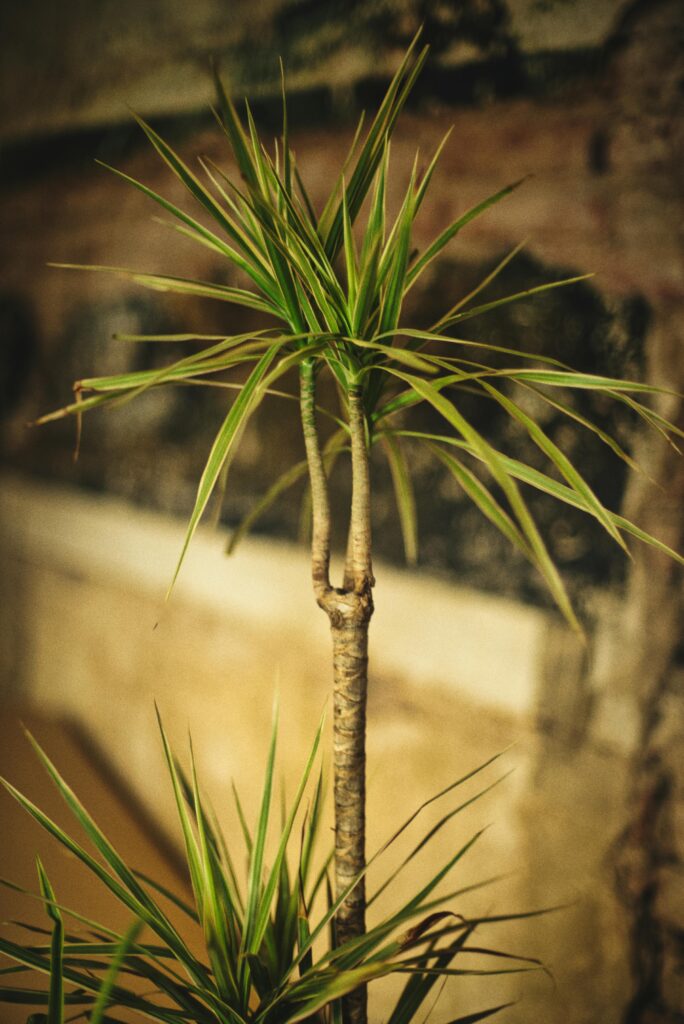
Best Soil for Dracaena
Choosing the best soil for Dracaena is crucial to ensure its healthy growth and longevity. Dracaena plants prefer well-draining soil that retains some moisture but does not stay overly wet. A high-quality potting mix with a blend of loam, peat, and perlite or vermiculite works well. This combination ensures that the soil retains the right amount of moisture while allowing excess water to drain away, preventing root rot. Additionally, adding a bit of sand to the mix can improve drainage. It’s also important to ensure the pot has drainage holes at the bottom to facilitate water escape. Avoid using garden soil as it tends to compact and hold too much water, which can be detrimental to Dracaena roots. Regularly checking the soil’s moisture level before watering can further help maintain the ideal growing conditions for your Dracaena plant.
Watering Dracaena
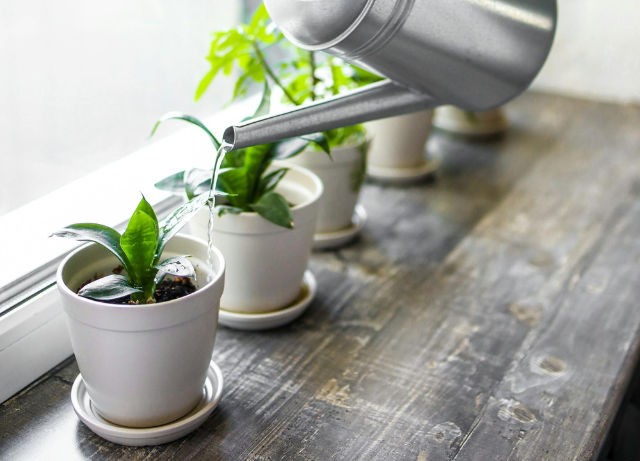
Watering Dracaena correctly is key to maintaining its health and vibrancy. These plants prefer their soil to be kept moderately moist but not waterlogged. Typically, you should water your Dracaena when the top inch of soil feels dry to the touch. Overwatering can lead to root rot, so it’s vital to ensure that excess water can drain away. Using a pot with drainage holes can help prevent water from accumulating at the bottom. During the winter months, Dracaena’s water needs decrease, so you can reduce the frequency of watering. Additionally, it’s best to use room-temperature water to avoid shocking the plant’s roots. If possible, use distilled or filtered water, as Dracaena is sensitive to fluoride and other chemicals commonly found in tap water. Regularly monitoring the soil moisture and adjusting your watering routine based on your plant’s specific needs will help your Dracaena thrive.
Dracaena Light Requirements
Understanding Dracaena light requirements is essential for promoting healthy growth. Dracaena plants thrive in bright, indirect light, making them perfect for spots near windows where they receive filtered sunlight. Direct sunlight can scorch their leaves, so it’s best to avoid placing them in intense, direct light. They are quite adaptable and can tolerate lower light conditions, though this may slow their growth and cause the leaves to lose some of their vibrant color. If your home has limited natural light, consider supplementing with artificial grow lights to meet their needs. Rotate the plant occasionally to ensure even light exposure on all sides, promoting balanced growth. It’s important to observe your Dracaena: if the leaves begin to yellow or show signs of stress, it may be receiving too much light, while slow growth and pale leaves can indicate insufficient light. Adjusting the light conditions accordingly will help your Dracaena flourish.
Common Issues and Solutions
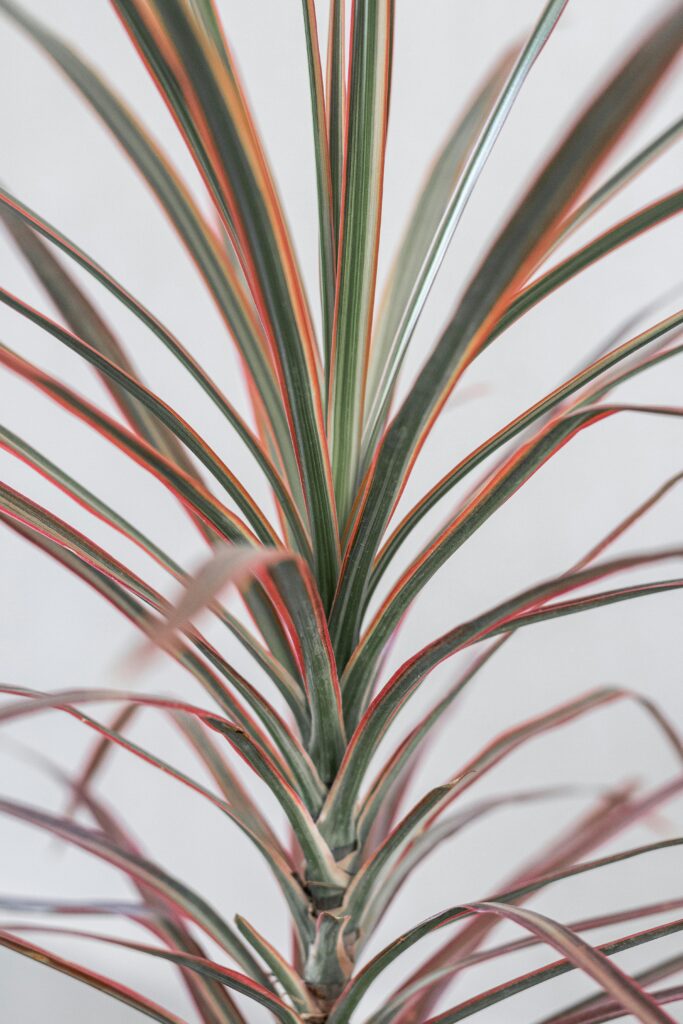
Pests and Diseases
Dracaena plants are relatively hardy but can occasionally fall victim to pests and diseases. Common pests include spider mites, mealybugs, and scale insects, which can be identified by visible webbing, cotton-like clusters, or small, brown bumps on the leaves. To combat these pests, regularly inspect your plant and wipe the leaves with a damp cloth. For more severe infestations, using insecticidal soap or neem oil can be highly effective.
Diseases such as root rot and leaf spot can also affect Dracaena. Root rot is typically caused by overwatering and poor drainage, leading to mushy roots and yellowing leaves. To prevent this, ensure your plant is in well-draining soil and avoid overwatering. Leaf spots, characterized by brown or black spots on the leaves, can result from fungal or bacterial infections. Improving air circulation and avoiding water splashing on the leaves can help mitigate this issue. Promptly addressing pests and diseases will keep your Dracaena healthy and thriving.
Yellowing Leaves
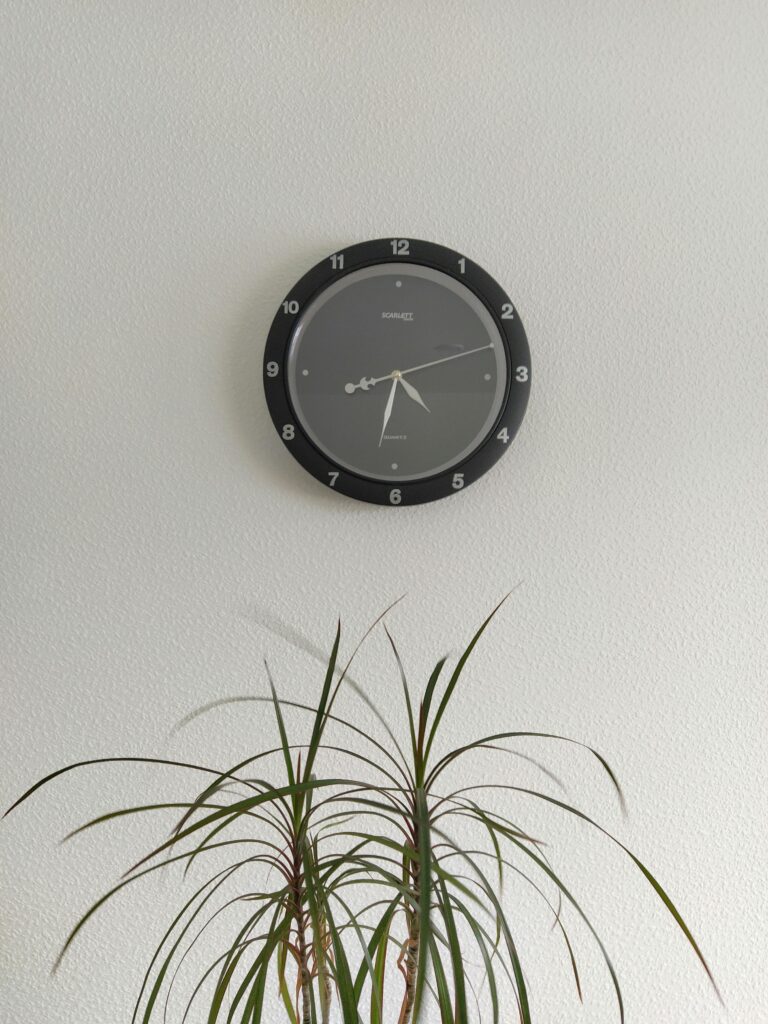
Yellowing leaves on a Dracaena plant can be a sign of several issues, each requiring a different solution. One common cause is overwatering, which can lead to root rot and nutrient deficiencies. Ensure you are watering your Dracaena only when the top inch of soil is dry and that the pot has proper drainage. Underwatering can also cause leaves to yellow, so maintain a balanced watering routine.
Another potential cause is inadequate light. Dracaena plants need bright, indirect light to thrive, and insufficient light can result in yellowing leaves. If necessary, move your plant to a sunnier spot. Additionally, yellowing can be due to a lack of essential nutrients; using a balanced, water-soluble fertilizer once a month during the growing season can help address this. Lastly, exposure to cold drafts or sudden temperature changes can stress the plant, leading to yellowing leaves. Keeping your Dracaena in a stable, warm environment will promote healthier foliage.
Overwatering Problems
Overwatering is one of the most common issues faced by Dracaena owners and can lead to serious problems such as root rot. Signs of overwatering include yellowing leaves, mushy stems, and a noticeable musty smell emanating from the soil. To prevent overwatering, it’s crucial to ensure that the top inch of soil is dry before watering your Dracaena. Using a pot with drainage holes is essential to allow excess water to escape and prevent water from pooling at the bottom, which can suffocate the roots.
If you suspect overwatering has already occurred, the first step is to remove the plant from its pot and inspect the roots. Healthy roots should be white and firm, whereas rotting roots will look brown and mushy. Cut off any damaged roots and replant the plant in new, well-draining soil. Adjust your watering schedule accordingly and consider using a moisture meter to more accurately gauge when watering is necessary, ensuring a healthier environment for your Dracaena.

